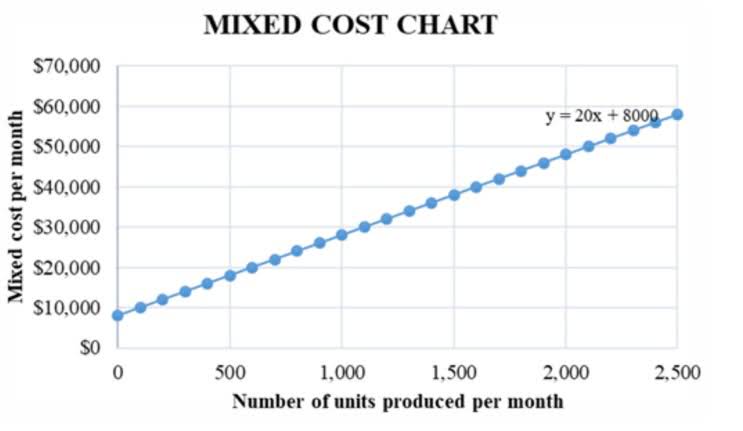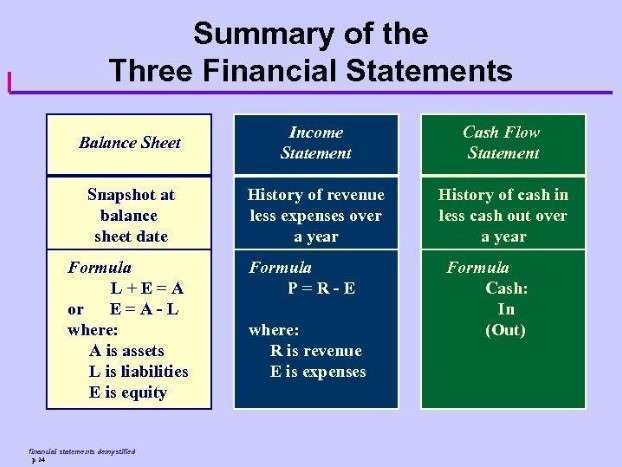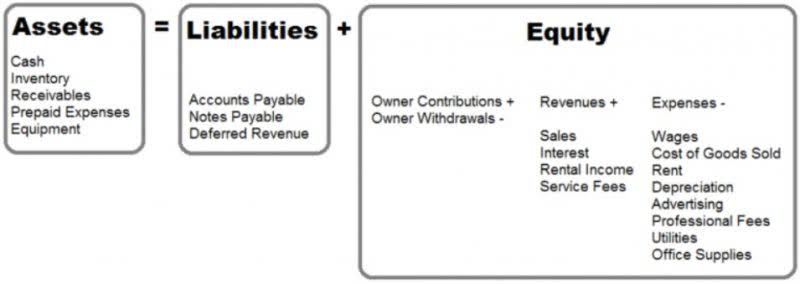Then, add them together with your existing expenses, such as rent, bills, and salaries for your current staff members. Use this estimate to set an overall goal of how much revenue you’ll need to bring in to cover all of your costs for the year. Zero-based budgeting, on the other hand, starts from scratch each year, with all expenses being justified anew. This can be a more time-consuming and difficult process, but it can also lead to a more accurate and transparent budget. Once the organization’s major sources of income and expenses have been identified, the next step is to estimate the amount of income and expenses for the upcoming budget period.
- “We get to help shape the leaders of tomorrow. I want that future to be bright.”
- Don’t worry; we’ll break it down into bite-sized steps that won’t give you a financial headache.
- When a charity nonprofit implements robust resource management strategies, it might see a reduction of operational waste by 10-15% of unnecessary expenditures.
- This includes allocating resources for developing effective volunteer management programs and providing necessary training and resources.
- Nonprofit budgeting follows a similar process, except you’re projecting revenue and expenses for your entire organization.
How much of a nonprofit budget should be salaries? (
It helps prevent your organization from focusing only on total budgeted amounts without considering when the cash will actually be available. These check-ins also help your team adapt to unexpected changes, like program roadblocks or additional funding needs, so your budget stays relevant and effective. Modern solutions like predictive analytics can help you visualize past and future scenarios and are often built into commercially available nonprofit accounting solutions. A popular methodology for this kind of planning is the S.M.A.R.T model, originally formulated for determining management goals.
Budgeting for nonprofit organizations: The board’s guide
After completing the full program-based budget or financial analysis it’s worthwhile to take a fresh look for both accuracy and a gut check. Do the formulas, amounts, and financial results match what you expected, or do they surprise you? If there are surprises, first review the data to verify the calculations and choices about allocations and definitions. Sometimes, though, the surprise comes from seeing the true and full costs for the first time. The benefit is that you now have better information for discussions about priorities and how resources are used. Similarly, the cost of fundraising is valuable to programs and the final step is to allocate fundraising expenses to each.
- Address overhead costs transparently in your nonprofit budget and donor communications.
- Involve stakeholders in the process, maintain flexible adjustment processes, and establish strong documentation standards.
- Plus, you didn’t sign up to be a nonprofit executive director because you love creating budgets.
- This category may include cell phones, internet, electricity, water, and other utilities for daily operations.
- Nonprofits frequently struggle and discover too late that a well-planned budget is critical to the organization’s long-term viability and revenue tracking.
Nonprofit Website Redesign Guide: Avg. Costs, Best Practices & Examples
Approval of the annual budget is one of the fundamental building blocks of sound financial management. Paybee’s automation tools reduce the burden of manual entry by syncing with your fundraising campaigns. For instance, if your nonprofit hosts an event, Paybee automatically tracks ticket sales and updates your nonprofit budget to reflect any income you derive from your activity. This real time integration helps avoid overspending while ensuring accurate financial records.
- However, you’ll also have variable expenses that change each year and may be more difficult to forecast.
- However, these funds can be used for all travel related to your organization, whether it be attending conferences, presenting at events, or going out of town to promote a fundraising campaign.
- The Better Business Bureau’s Charity Accountability Standards mention that nonprofits should spend around 65% of their operating budget on program expenses.
- In this step you will identify which income items are connected to specific program areas and what income can be directed at the organization’s discretion.
- Reporting tools that can generate summaries of your income and expenses are also a necessity for transparency and accurrate planning.
- It is most useful for nonprofits that want to avoid unnecessary expenditures or when they need to adapt to significant changes in their operating environment.
However, your optimal reserve level depends on factors like funding predictability, program commitments, and growth plans. Start by building toward three months of reserves, then adjust based on your organization’s specific needs and risk factors. While each of the previous tips offers specific guidance for your nonprofit budget, bringing them together into a cohesive financial management system takes careful orchestration. Your strategic plan should include clear timelines for implementing these budgeting practices.
Identify All of your Expenses (that you can!)
- Our online business banking and money management platform allows nonprofits to open 20 individual checking accounts for program budgets, operating expenses, and beyond.
- Then, plan how you’re going to raise the funds you’ll need on the revenue side of the budget.
- With a centralized platform for creating and managing budgeting, every organization member has clear and direct access to your spending plan.
- Even organizations working with a shoestring budget must think carefully about costs.
- When your predicted income exceeds your projected expenses, you’ll be more prepared to course correct if you incur unexpected costs or some revenue sources fall short of your goals.
- It breaks down your revenue by different funding sources and your operating expenses by program and overhead costs.
Ongoing administrative expenses and overhead account for a significant portion of nonprofit organization expenses. Many charities allocate roughly 20-40% of their budget to covering office rent, utilities, and staff salaries. These costs ensure smooth day-to-day operations and uphold nonprofit financial management standards, which are essential for donor trust and long-term sustainability. Given the significance of personnel expenses to our finances, allocating these costs is essential to understanding true costs. Many Executive Directors spend a substantial amount of time working directly in programs.
Cash-Flow Projections Are Essential
Investing in a structured volunteer management program drives community engagement and ensures sustainability. This includes allocating resources for developing effective volunteer management programs and providing necessary training and resources. For The Key Benefits of Accounting Services for Nonprofit Organizations instance, studies show that investing 5-10% of the total budget in volunteer development can improve volunteer retention by up to 20%.
Many charities allocate a portion of their budget—sometimes up to 25%—for engaging donor campaigns, volunteer recruitment costs, and digital marketing initiatives. The variable nature of these expenses depends largely on the effectiveness and scale of each fundraising push, which can shift from quarter to quarter. Launching a charity nonprofit like Harmony Hearts Initiative involves several key operating expenses that lay the foundation for sustainable impact. The initial setup costs usually include legal https://nerdbot.com/2025/06/10/the-key-benefits-of-accounting-services-for-nonprofit-organizations/ fees, licensing, and registration expenses, which for many nonprofits average between $1,500 and $3,000.





















